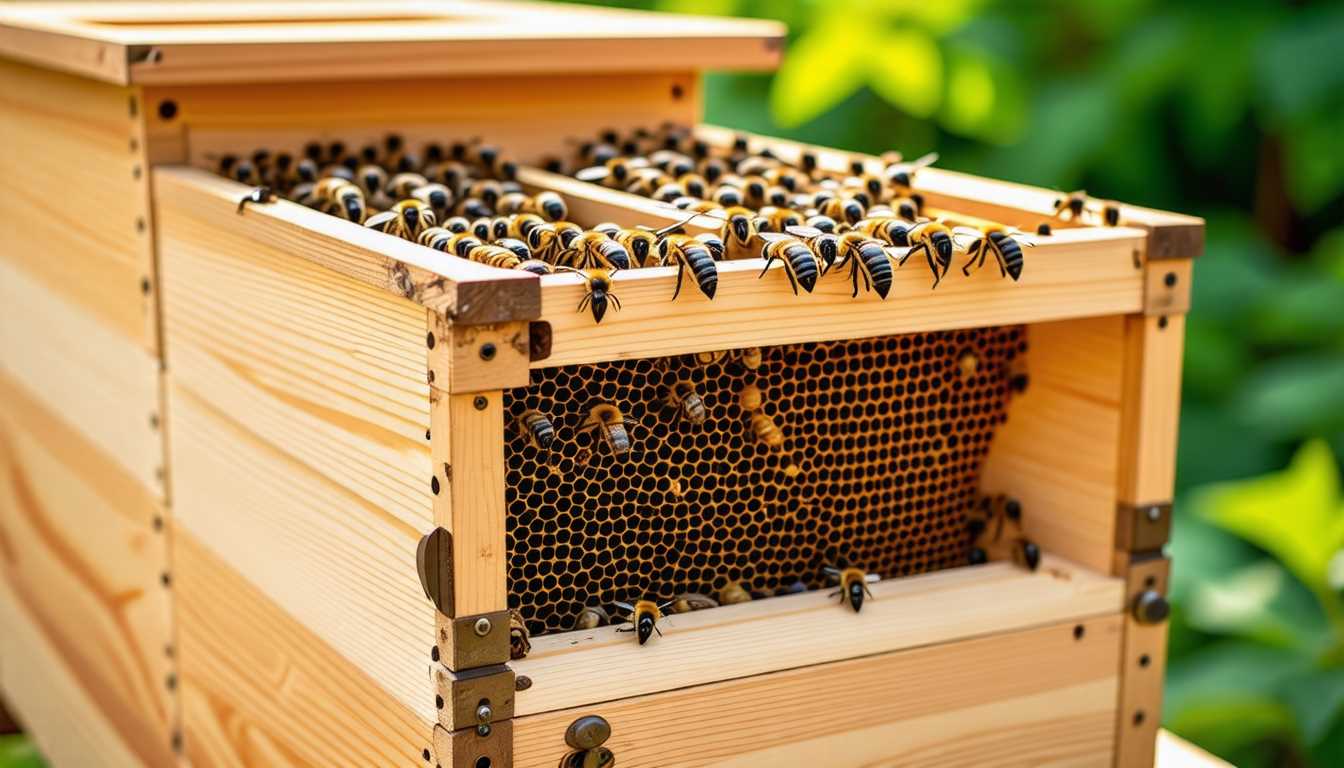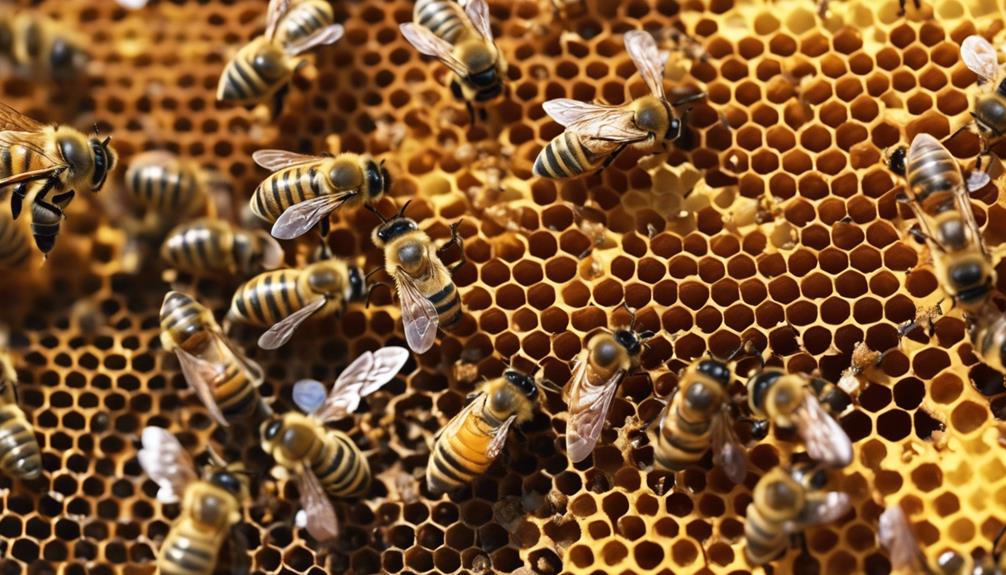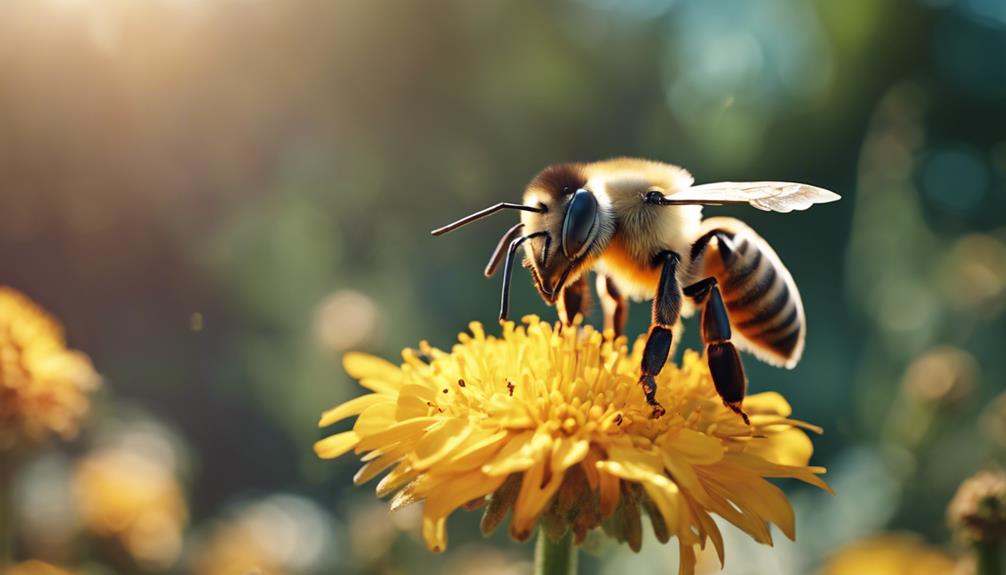Beekeeping, also known as apiculture, is an incredibly rewarding hobby and can even become a profitable venture. Whether you’re interested in harvesting honey, supporting local agriculture, or simply fascinated by bees, starting your own beekeeping setup is an exciting endeavor. Here, we’ll guide you through the essential steps and considerations to get you started in beekeeping.
Essential Equipment for Beekeeping
The first step in starting beekeeping is gathering the necessary equipment. Here’s a list of the basic items you’ll need:
– Beehive: The hive is where your bees will live. The Langstroth hive is the most common type used by beekeepers.
– Frames and Foundation: These are placed inside the hive and provide a structure for the bees to build their comb.
– Smoker: This tool helps calm the bees when inspecting the hive.
– Hive Tool: Used to pry apart hive components and scrape off excess wax.
– Bee Brush: Gently removes bees from surfaces without harming them.
– Feeder: Provides supplementary food to your bees, especially in early spring or late fall.
Choosing the Right Hive Location
Selecting a suitable hive location is crucial for the success of your beekeeping endeavor. Here are some factors to consider:
– Sunlight: Bees thrive in sunlight. Place your hive in a location with plenty of morning sun to help the bees start their day early.
– Wind Protection: Ensure the hive is sheltered from strong winds. A windbreak like a fence or hedge can be beneficial.
– Accessibility: Ensure you can easily access the hive for regular maintenance and inspections.
– Water Source: Bees need water, so having a nearby water source is beneficial. If not, you can provide a shallow dish with water and floating objects for the bees to land on.
Selecting Bee Species
Choosing the right bee species is another important decision. The most common bee species for beginners is the Italian honeybee (Apis mellifera ligustica). They are known for their gentle nature, strong honey production, and good disease resistance. Other species include:
– Carniolan Honeybee (Apis mellifera carnica): Known for their gentle behavior and ability to adapt to colder climates.
– Russian Honeybee (Apis mellifera caucasica): Resistant to certain pests and diseases but can be more aggressive.
– Buckfast Bee: A hybrid known for its productivity and disease resistance.
Protective Gear
Safety is paramount in beekeeping. Investing in proper protective gear will ensure you can work with your bees comfortably and safely. Essential protective gear includes:
– Bee Suit: A full-body suit that protects you from stings.
– Boots: Ensure your feet and ankles are protected.
– Gloves: Protect your hands from bee stings.
– Veil: Protects your face and neck.
Finding a Bee Supplier
Once you have your equipment and protective gear, the next step is to find a reliable bee supplier. You can purchase bees in several ways:
– Package Bees: A package contains a queen and several thousand worker bees.
– Nucleus Colony (Nuc): A small, established colony with a queen, workers, brood, and honey.
– Established Colony: A full-sized colony ready to be placed in a hive.
When choosing a supplier, consider their reputation and the health of their bees. Local suppliers are often a good choice as their bees are already adapted to the local climate.
Initial Costs of Beekeeping
Understanding the initial costs involved in beekeeping is important for planning your budget. Here’s a rough estimate of what you might expect to spend:
– Hive and Frames: $200 – $300
– Bees: $100 – $150 per package or nuc
– Protective Gear: $100 – $200
– Tools and Equipment: $50 – $100
In total, you might expect to spend around $450 – $750 to get started. These costs can vary based on your location and the suppliers you choose.
Understanding Local Regulations
Before setting up your hive, it’s important to check local regulations regarding beekeeping. Some areas have specific rules about hive placement, the number of hives you can have, and even the bee species you can keep. Contact your local agricultural extension office or beekeeping association for guidance on regulations in your area.
Beekeeping Classes and Education
Taking beekeeping classes can provide you with valuable knowledge and hands-on experience. Many local beekeeping associations offer classes and workshops for beginners. These classes cover topics such as hive management, bee biology, and disease prevention. Additionally, online courses and books can be excellent resources for learning more about beekeeping.
The Setup Process
Once you have all your equipment and bees, it’s time to start the setup process. Here’s a step-by-step guide:
1. Assemble the Hive: Set up your hive in the chosen location. Ensure it is level and secure.
2. Install the Bees: If you have a package of bees, gently shake them into the hive. If you have a nuc, transfer the frames from the nuc to your hive.
3. Feed the Bees: Provide a sugar syrup feeder to help your bees establish themselves.
4. Monitor the Hive: Regularly check on your hive to ensure the bees are settling in and the queen is laying eggs.
Maintenance Schedule
Maintaining a beehive requires regular attention. Here’s a maintenance schedule to keep your hive healthy and productive:
– Weekly Inspections: Check for signs of disease, pests, and ensure the queen is laying eggs.
– Feeding: Provide supplementary feeding if necessary, especially in early spring and late fall.
– Honey Harvesting: Harvest honey in late summer or early fall, leaving enough for the bees to survive the winter.
– Winter Preparation: Ensure your hive is well-insulated and has enough food stores for the winter.
By following these steps and maintaining a regular schedule, you can ensure your bees remain healthy and productive.
Starting beekeeping is a journey filled with learning and rewards. With the right equipment, knowledge, and care, you can enjoy the benefits of having your own hive and contribute to the health of local ecosystems. Happy beekeeping!

Roger Thomas is a seasoned beekeeper and hive architect with a deep-seated passion for sustainable living. His fascination with bees has shaped his professional career, giving him practical and theoretical expertise in bee behavior, colony health, and optimal hive conditions. Roger’s technical skills shine in his bespoke hive creations that cater to the specific needs of diverse bee species, while his sustainable practices promote environmental balance and the wellbeing of the bee population.
As he continues his journey in beekeeping, Roger has become a dedicated advocate for responsible practices and an insightful educator in his field. His posts aim to inspire new beekeepers, underline the importance of sustainability, and showcase the remarkable contribution bees make to our ecosystem. Roger invites you to join him as he delves into the world of bees and the rewarding, honey-sweet art of beekeeping.


